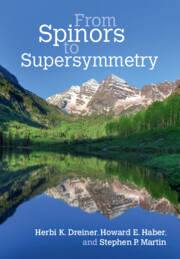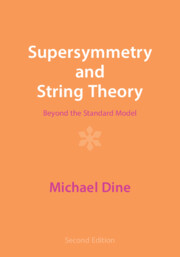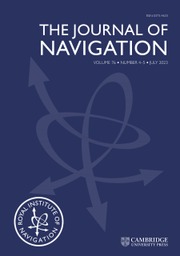From Spinors to Supersymmetry
Supersymmetry is an extension of the successful Standard Model of particle physics; it relies on the principle that fermions and bosons are related by a symmetry, leading to an elegant predictive structure for quantum field theory. This textbook provides a comprehensive and pedagogical introduction to supersymmetry and spinor techniques in quantum field theory. By utilising the two-component spinor formalism for fermions, the authors provide many examples of practical calculations relevant for collider physics signatures, anomalies, and radiative corrections. They present in detail the component field and superspace formulations of supersymmetry and explore related concepts, including the theory of extended Higgs sectors, models of grand unification, and the origin of neutrino masses. Numerous exercises are provided at the end of each chapter. Aimed at graduate students and researchers, this volume provides a clear and unified treatment of theoretical concepts that are at the frontiers of high energy particle physics.
- Contains many detailed examples of practical calculations and derivations of key results, serving as a pedagogical resource as well as a reference
- Demonstrates the translation between two-component and four-component fermion formalisms, so that the reader can make connections with other texts
- Provides background for other approaches beyond the Standard Model, with a focus on the seesaw model of neutrino masses, the two Higgs doublet model and grand unification
- Provides a good basis for an advanced class in particle theory, as well as a useful resource for self-study
Reviews & endorsements
‘The new book by Dreiner, Haber, and Martin is a must have for folks who are interested in beyond the Standard Model phenomenology. It contains innumerable lessons for performing quantum field theory calculations both at the conceptual and technical level, by way of many concrete examples within the Standard Model and its supersymmetric extension. I expect this will become a go-to reference for everyone from graduate students to seasoned researchers.’ Tim Cohen, CERN/EPFL and the University of Oregon
‘The book gives a self-contained description of the Standard Model of particle physics and its supersymmetric extension. It is well suited for students, as well as experienced researchers in the field. Its unique feature is the comprehensive description of quantum field theory and its application to particle physics in the framework of two-component (Weyl) spinors. This is a cause for celebration as this two-component formulation is the most simple and transparent way to understand the nature of (chiral) fermions, in contrast to the four-component spinor formalism that is presented in a vast majority of textbooks of quantum field theory. The book will be of enormous help to all those that try to teach and try to learn the subject.’ Hans-Peter Nilles, Universität Bonn
‘This is a massive, definitive text on phenomenological supersymmetry in quantum field theory by three giants of the field. The book develops two-component spinor formalism and its practical use in amplitude computations with many phenomenological examples up to one loop order. Supersymmetric extensions of the Standard Model are also covered and many other gems besides.’ Ben Allanach, University of Cambridge
Product details
June 2023Hardback
9780521800884
1025 pages
262 × 186 × 59 mm
2.1kg
Available
Table of Contents
- Preface
- Acknowledgements
- Acronyms and abbreviations
- Part I. Spin-1/2 Fermions in Quantum Field Theory, the Standard Model, and Beyond:
- 1. Two-component formalism for spin-1/2 fermions
- 2. Feynman rules for spin-1/2 fermions
- 3. From two-component to four-component spinors
- 4. Gauge theories and the standard model
- 5. Anomalies
- 6. Extending the standard model
- Part II. Constructing Supersymmetric Theories:
- 7. Introduction to supersymmetry
- 8. Supersymmetric Lagrangians
- 9. The supersymmetric algebra
- 10. Superfields
- 11. Radiative corrections in supersymmetry
- 12. Spontaneous supersymmetry breaking
- Part III. Realistic Supersymmetric Models:
- 13. The Minimal Supersymmetric Standard Model
- 14. Realizations of supersymmetry breaking
- 15. Supersymmetric phenomenology
- 16. Beyond the MSSM
- Part IV. Sample Calculations in the Standard Model and Its Supersymmetric Extension:
- 17. Practical calculations involving two-component fermions
- 18. Tree-level supersymmetric processes
- 19. One-loop calculations
- Part V. The Appendices: Appendix A. Notations and conventions
- Appendix B. Compendium of sigma matrix and Fierz identities
- Appendix C. Behavior of fermion bilinears under C, P, T
- Appendix D. Kinematics and phase space
- Appendix E. The spin-1/2 and spin-1 wave functions
- Appendix F. The spinor helicity method
- Appendix G. Matrix decompositions for fermion mass diagonalization
- Appendix H. Lie group and algebra techniques for gauge theories
- Appendix I. Interaction vertices of the SM and its seesaw extension
- Appendix J. MSSM and RPV fermion interaction vertices
- Appendix K. Integrals arising in one-loop calculations
- Bibliography
- References
- Index.




